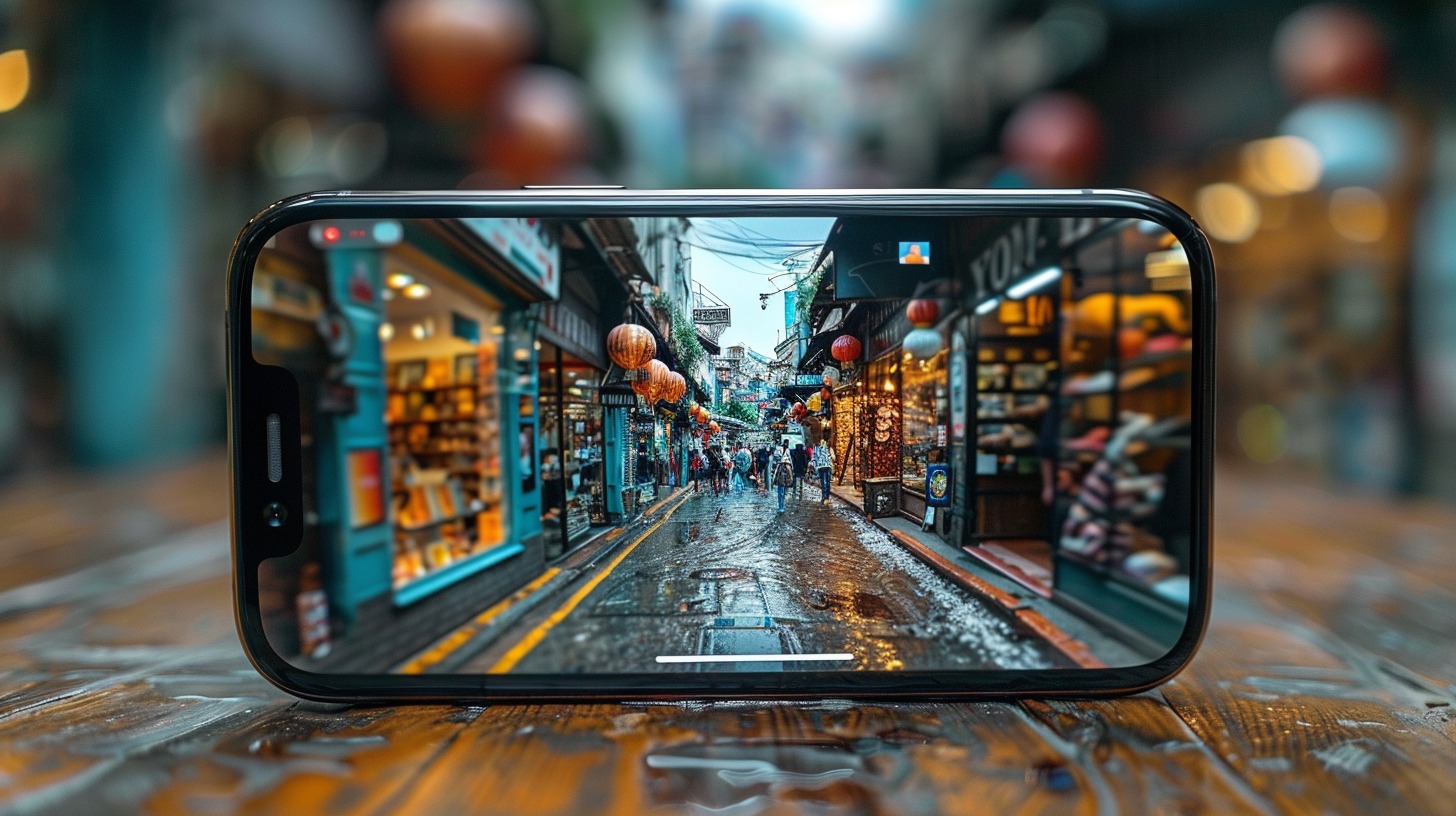The adoption of Augmented and Virtual Reality (AR and VR) in the insurance sector has surged in recent years. Yet, these technologies trace their origins to the 1950s with the creation of early prototypes like The Sensorama and Telesphere Mask. AR and VR find applications across diverse fields, including the military, healthcare, education, and entertainment. In Qatar health insurance, when effectively implemented, these technologies can lead to increased profitability through enhanced customer satisfaction.
Getting to Know Augmented and Virtual Reality
At first, Augmented Reality (AR) and Virtual Reality (VR) seemed like high-tech tools mainly for the military. But they’ve got a lot more to offer and can boost performance in all sorts of areas. Before diving into how AR and VR might shake up the insurance world, let’s break down what these technologies are all about.
Virtual Reality
Virtual Reality (VR) creates a computer-generated world using advanced algorithms and top-notch graphics. You can find it everywhere, from video games to therapy for psychological disorders.
Augmented Reality
Augmented Reality (AR) integrates real-world experiences with virtual elements. It overlays computer-generated components onto the user’s view of the real world, employing devices such as projectors, monitors, or handheld devices. A popular example of AR is the game Pokémon Go, where players capture virtual creatures in the real world using their mobile devices. Additionally, AR can be utilized in various industries, including health insurance for Qatar, enhancing customer engagement and information delivery.

Transforming Insurance with Augmented and Virtual Reality
AR and VR can easily fit into the insurance industry, sprucing up processes and revitalizing areas that seemed technologically stuck. Here’s how AR and VR could make a difference:
Training for Claims Processors
Claims processors are key players in the insurance world, handling claims by working with policyholders, police, and witnesses. AR and VR can offer new hires virtual training experiences, boosting their confidence and accuracy in managing claims.
Risk Mitigation
To tackle unforeseen risks, top-notch simulators can be developed, benefiting both insurers and clients. Insurers can teach clients how to lower the chances of filing claims, while AR and VR can aid disaster management programs with the same goal.
Building Customer Base
Improving user acquisition and retention will be easier with new technologies breaking the mold of traditional 2-D advertising. Virtual environments can mimic real-world risks that drivers face, highlighting the importance of buying motor insurance online. Creative marketing strategies using AR and VR can be put to good use here.
Claims
The claims process is set to get a major upgrade with AR and VR. The range of applications for these technologies in claims processing is vast. When paired with the Internet of Things, this tech combo can offer a fantastic mix of speed and precision. Insurers will be able to handle claims faster and spot fraud more effectively, leading to happier customers and benefiting business owners through precise processing.
Futuristic Customer Service
Bringing AR and VR into customer service will deliver impressive results. Gone are the days of just voice or video calls with company reps; instead, reps will virtually join customers to assess issues, boosting communication and providing detailed insights for appropriate actions by both parties.
Endnote
AR and VR have the potential to shake up the insurance industry. However, smoothly weaving these technologies into current processes is no small feat, and plenty of expertise and resources are needed to shift away from outdated methods. Despite the challenges, once implemented, AR and VR will significantly close the gap between insurers and the insured.
